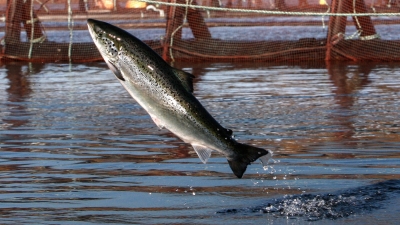
Salmon comprises many species of fish. They are unique in that they live both in freshwater and salt water, and for this characteristic they are called “anadromous” Let’s find out more about how this happens.
Found in the Atlantic and Pacific oceans, salmon begin their life in freshwater. For the first few months (sometimes even a few years, depending on the species). The salmon live in freshwater, usually a river. And then they move to the ocean. Again, after living there for a while, when it’s time for them to spawn (lay eggs), they head back as adults to the same river they were born in. Soon after spawning, adults from some species die, and some repeat the cycle. These journeys are said to cover hundreds of miles in a salmon’s lifetime. According to research, salmon have an acute sense of smell, which is what helps them back to their birth place, though much time passes in between. Some have said it’s the Earth’s magnetic field that guides them.
But what’s more fascinating is how their bodies adapt to two different habitats.
Usually fish can die if they switch between salt and freshwater – when salt water fish get into freshwater. Their cells can burst and when freshwater fish enter salt water, their cells can shrivel. However, a complex adaptation mechanism involving body fluids comes into play to help the salmon survive. It happens at the intertidal zone (such as a seashore) before the young salmon enters the ocean. It gets used to the salty water by gradually drinking a lot of it, expelling excess salt and very little urine. These work in reverse when the adult returns to its freshwater home – it hardly drinks freshwater and has no need to expel salt. A study from 2015 made a revelation about another factor that helps the young salmon – light. Increased light during spring increased the production of a special enzyme which “stimulates the fish to prepare itself before it wanders out into salt water’.
Picture Credit : Google
